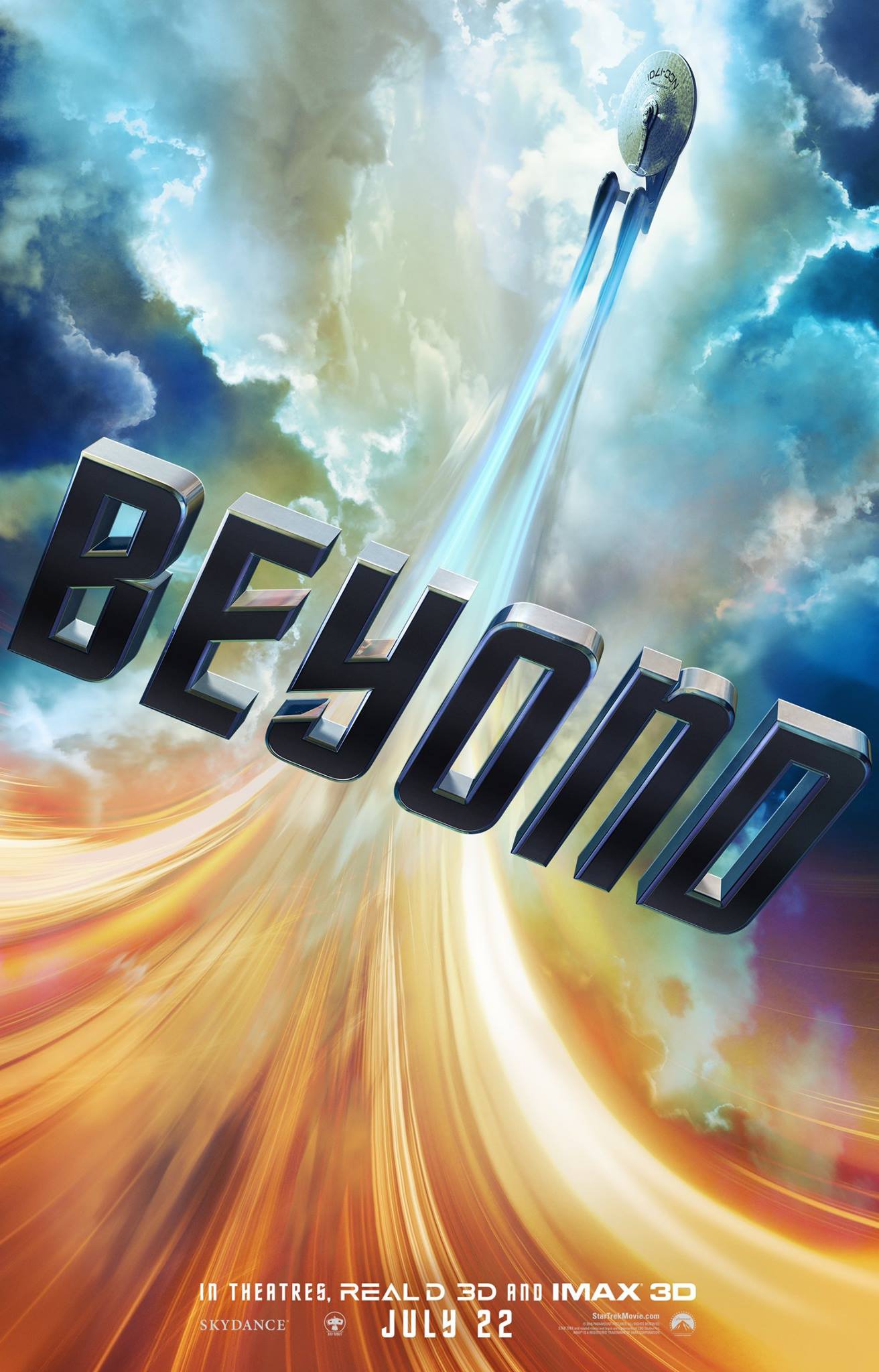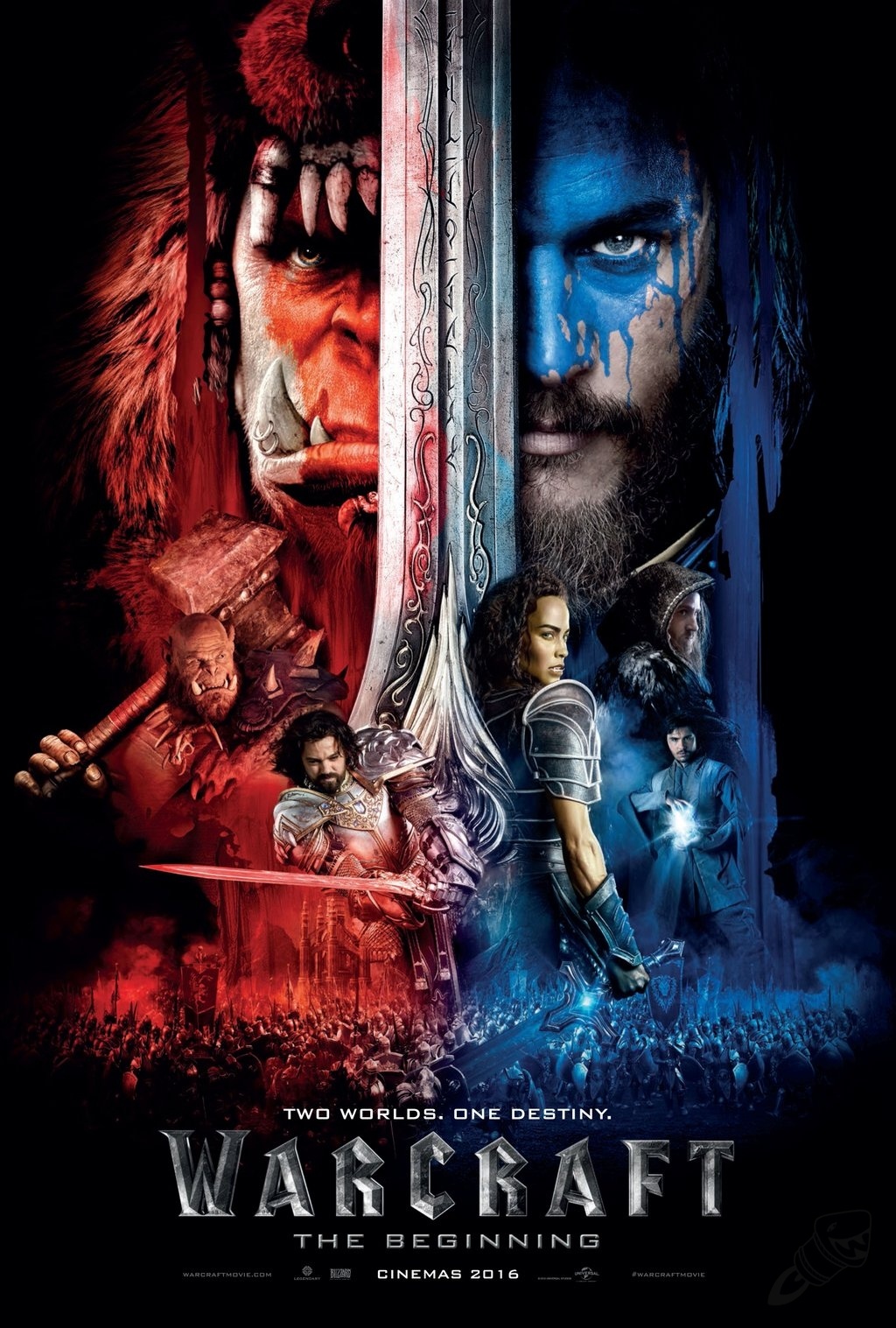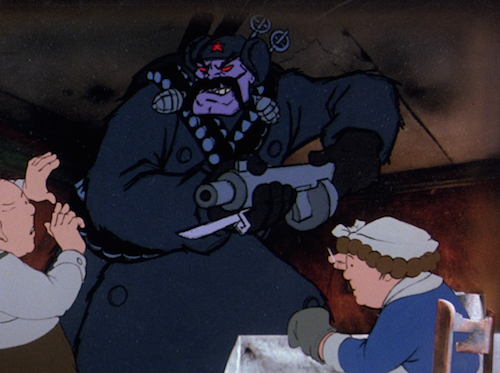- Director: Justin Lin
- Native Title: Star Trek: Beyond
- Primary Language: English
- Format: Colour
- Year of Release: 2016
- Budget: $1850,000,000
- Film Length: 122 minutes
- Production Company: Paramount Pictures, Alibaba Pictures, Bad Robot
Released in the midsummer of 2016, Star Trek: Beyond is the third installment of J.J. Abrams' rebooted Star Trek universe. Unlike previous instalments however, the film was directed by The Fast and The Furious director Justin Lin. In Beyond, the crew of the Enterprise are stranded on a strange planet by the alien warlord Krall (Idris Elba), who holds an intense grudge against the Federation and it's ideas. And plans to destroy it with an ancient weapon.
They say that 'the third time is the charm'. This may be the right thing to say about Beyond as out of all three new-generation films it feels the most like classic Star Trek. It feels the most like the film is trying to emulate what made Star Trek famous. One of the shining examples being the characterization between Spock (Zachery Quinto and "Bones" McCoy (Karl Urban). In this film, McCoy and Spock are stranded together "here, he [McCoy]’s given so much more to do, as Bones and an injured Spock become a virtual double act, a space-age Abbott and Costello, bantering and bickering with each other as they face what seems to be near-certain death." (Hewitt, 2016). Here the classic double act of logic vs passion that characterised their dynamic in the original series is in full bloom, as McCoy makes it clear time and again that the last thing he ever hoped for was to be trapped on an unknown planet with "the green-blooded hobgoblin" as his only companion. But we also get to see Spock's more human side as he comes to terms with his place in the universe, and generally gets philosophical over the prospect of filling the shoes of Ambassador Spock (Leonard Nimoy).
Krall and his forces are perhaps the strongest villain of the series so far. "Attention was paid to the villain, and even under makeup and effects, Idris Elba registers." (Movie Nation, 2016) Krall is professional, sly, but overall it turns out that he's a representation of a fundamental problem with the Federation. He talks about the Federation pushing back the frontier, that it is something that is not logical, That it is a place where you have everyone holding hands. Krall claims he was born into a world of strife and struggle, so we assume that he's talking about some kratocratic death-world where the strong rule over the weak. But near the end of the film, after an impressive climax we learn that Krall is in fact a former soldier, who found himself abandoned because the Federation is something alien to him. A video diary reveals that far from being some tin-pot alien dictator, Krall's beef with the Federation is very personal, and Idris Elba plays well that it is the Federation that is a difficult thing to accept and not Krall's aggressive ideals, and that he didn't just leap off the insanity deep end to get there.
The fundamental issue Krall presents is that no matter how utopian a society may be, there are always going to be people who don't fit in. The Federation has long been portrayed as this progressive, co-habitational utopia where everyone cooperates and there is total equality. "Krall would be the first villain of the new Star Trek series to go against the Federation itself, and its ideals that may not be so easy to impose on another foreign culture -- a situation more than relevant to today's times. " (Dougherty, 2015) Krall is, essentially, a representation of any culture that is stubbornly resistant to adopting Western values as American and European media try to impose their values on the world. The list of countries is long, but the climate is there. There is a a strong opposition to "westernisation" but the common rebuttal by Westerners is that these people would be much better off with democracy and individualist thinking. As Krall finds the idea of relying on the strength of others to be a weakness, so do the Chinese question how much better their lives would actually be if the government had to put more focus on keeping its politicians elected in order to get things done when they can effectively build cities over the course of a few months under the current system while it takes a western government the same amount of time to build a single housing project under it's own supposedly-superior system.
This cultural questioning could be in how the planetbound adventures kick off. While there was a lot of death in Into Darkness, this film is one of the bloodier incarnations as "[the] Enterprise is destroyed with sadistic thoroughness, taken apart by scores of little ships that swarm and strike like bees." (Edelstein, 2016). Any crew that is not unhesitantly gunned down (one moment having five redshirts quite literally fall like dominos) are captured in the escape and the Enterprise itself is shattered into ribbons. At once showing how ruthless and well-prepared the enemy is (who go around in in full suits of sci-fi armour and armed with arm-mounted disruptor guns), and how ineffective the Federation is against an actual army (boarding-response teams are little more than random crewmen wielding phaser rifles). Possibly suggesting that Admiral Marcus may have had a point back in Into Darkness. The changes in uniform and the disappearance of all the militarasation suggesting that his point was ignored because he was trying to turn Starfleet into something it is not.
Star Trek is historically a franchise that is political but it is also a franchise that likes to be spectacular. "Not only have Lin and company |...| created more than 50 alien races, they’ve come up with some nifty alien worlds, especially the enormous spaceport of Yorktown, whose streets were shot in futuristic Dubai." (Turan, 2016) the Yorktown Starbase is a designer's fantasy that takes full advantage of building in an environment with no natural gravity and the climax of the film (something that has to be seen that while not quite old Trek, and quite over-the-top, will certainly entertain viewers of the current generation) does not disappoint, and the film has plenty of visual spectacle that is certainly memorable. The film indeed goes a long way towards looking good, with a visual quality that stays strongly in your mind.
After the copycat attempt at the franchise's strongest film that was Star Trek: Into Darkness; Beyond feels like a return to what made Star Trek the talk of prime time entertainment and one of the most recognisable, beloved and long-running sci-fi franchises to date. While also updating itself to chime with modern audiences in a way that feels like it knows what it is talking about rather than some shallow attempt at looking trendy. It's funny, philosophical, and a treat with something for audiences as varied as the hundred types of latex head that wander around Yorktown station.
 |
| Figure 2: Never mind the debate over Sulu now preferring men, here's a bro-pairing that's been simmering since 1967. |
 |
| Figure 3: Krall (Idris Elba) is no pushover. But he's no "just because I can" tyrant either. |
This cultural questioning could be in how the planetbound adventures kick off. While there was a lot of death in Into Darkness, this film is one of the bloodier incarnations as "[the] Enterprise is destroyed with sadistic thoroughness, taken apart by scores of little ships that swarm and strike like bees." (Edelstein, 2016). Any crew that is not unhesitantly gunned down (one moment having five redshirts quite literally fall like dominos) are captured in the escape and the Enterprise itself is shattered into ribbons. At once showing how ruthless and well-prepared the enemy is (who go around in in full suits of sci-fi armour and armed with arm-mounted disruptor guns), and how ineffective the Federation is against an actual army (boarding-response teams are little more than random crewmen wielding phaser rifles). Possibly suggesting that Admiral Marcus may have had a point back in Into Darkness. The changes in uniform and the disappearance of all the militarasation suggesting that his point was ignored because he was trying to turn Starfleet into something it is not.
| Figure 4: No matter who they are, the bad guys always seem to have the cooler toys. |
 |
| Figure 5: Such a beautiful project that for some reason is built a five-minute hop from a region of space no one knows anything about. |
References
- Dougherty, R., 2015; 'Star Trek Beyond' Conflict Revealed by Justin Lin; The Movie Network; available at http://www.themovienetwork.com/article/star-trek-beyond-conflict-revealed-justin-lin?quicktabs_box_office_coming_soon=1 (last accessed 12th August 2016)
- Edelstein, D., Star Trek Beyond Doesn't Explore Any New Universes, But Has More Fun In The Existing One; Vulture; available at http://www.vulture.com/2016/07/review-the-lively-star-trek-beyond.html (last accessed 12th August 2016)
- Hewitt, C., 2016; Star Trek Beyond Review: Empire; avaliable at http://www.empireonline.com/movies/star-trek-beyond/review/ (last accessed 12th August 2016)
- Movie Nation, 2016; Movie Review: Star Trek Beyond; Movie Nation; available at https://rogersmovienation.com/2016/07/21/movie-review-star-trek-beyond/ (last accessed 12th August 2016)
- Turan, K., 2016; Review: 'Star Trek Beyond' Boldly Goes Kind OF Where You Expect It To, But With Style; Los Angeles Times; available at http://www.latimes.com/entertainment/movies/la-et-mn-star-trek-beyond-review-20160718-snap-story.html (last accessed 12th August 2016)
Image References
- Figure 2: Hermanns, G., 2016; [Never mind the debate over Sulu now preferring men, here's a bro-pairing that's been simmering since 1967]; Star Trek Beyond Trailer Exploring The New Team-Ups; available at http://images-cdn.moviepilot.com/images/c_scale,h_532,w_1280/t_mp_quality/yidxsswgxsuhhn5fbct1/new-star-trek-beyond-trailer-exploring-the-new-team-ups-985653.jpg (last accessed 12th August 2016)
- Figure 3: Dougherty, R., 2015; [Krall (Idris Elba) is no pushover. But he's no "because I can" tyrant either.]; Star Trek Beyond Trailer; available at http://cdn3.themovienetwork.com/sites/themovienetwork.com/files/imagecache/630x375/star_trek_beyond_trailer.jpg (Last Accessed 12th August 2016)
- Figure 4: A. W., 2016; [No matter who they are, the bad guys always seem to have the cooler toys] 1Ry4hBU; available at http://ift.tt/1Ry4hBU (Last Accessed 12th August 2016)
- Figure 5: The Trek Collective, 2016; [Such a beautiful project that for some reason is built a five-minute hop from a region of space no one knows anything about.]; Star Trek Beyond Skills Spot Krall Ship Bin Starbase Yorktown; Last Accessed https://blogger.googleusercontent.com/img/b/R29vZ2xl/AVvXsEg8XYsl9K95xUxhDmT1uWE1iq0BaG1pmk1BRwS3s6ntTXI2juh07ldgocCdWRh99-z5oyH4lbaGg06mvmKECOhdd4Jx0Ng1azmFAGel-BR6tC98HIBsURgBTDzOPNboLq2YnhUPNHK3AQsK/s1600/Star+Trek+Beyond+Skills+Spot+Krall%2527s+ship+in+Starbase+Yorktown.jpg (last accessed 12th August 2016)




















.jpg)










.jpg)

